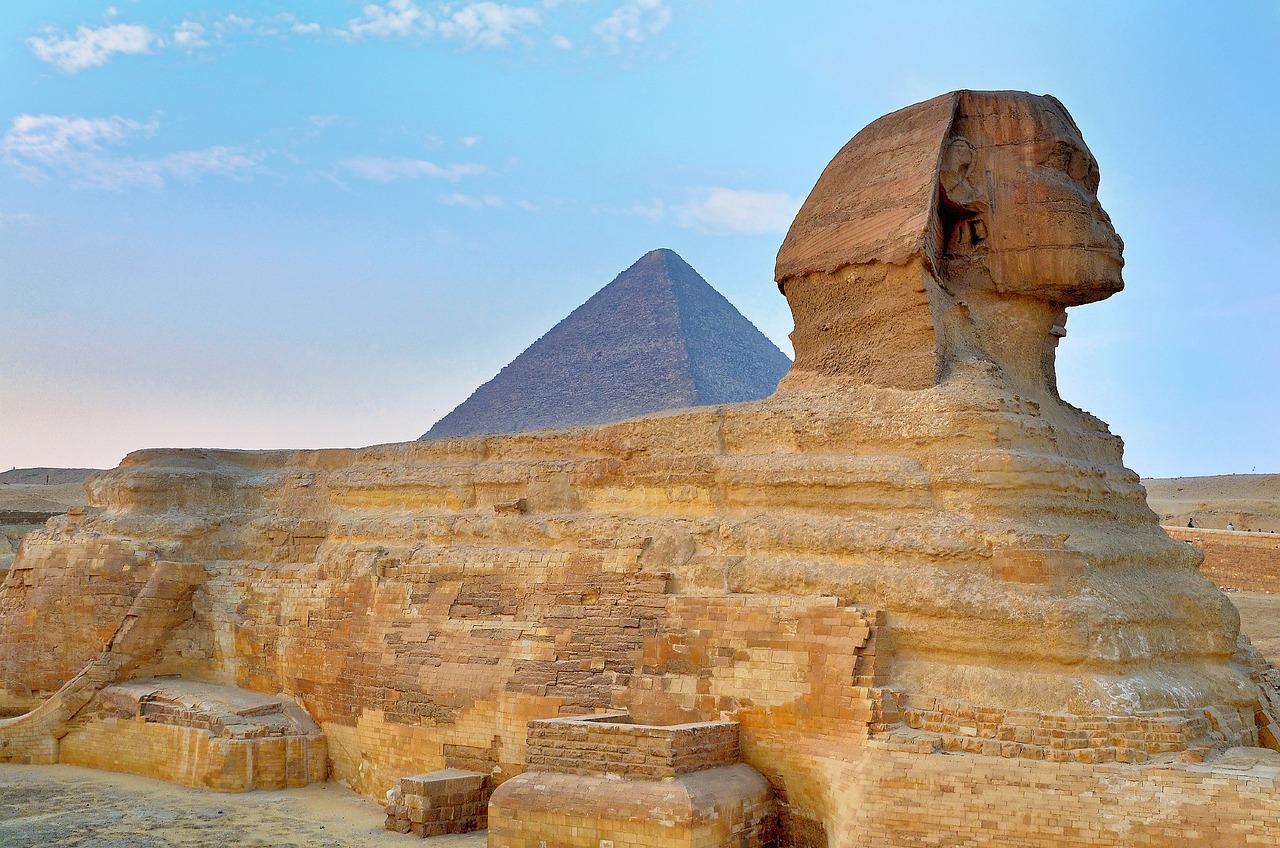
Pre-reading questions:
- Are you interested in ancient structures, monuments, or historical landmarks?
- Is your country home to any ancient structures or historical landmarks that people find fascinating or that attract tourists?
Vocabulary:
- laboratory /LAB-ruh-tawr-ee/
- stream /streem/
- composition /kom-puh-ZISH-uhn/
- form /fawrm/
- ancient /EYN-shuhnt/
[noun] – a room or building with scientific equipment for doing scientific tests or for teaching science, or a place where chemicals or medicines are produced
The scientists conducted experiments in the laboratory to analyze the chemical reactions.
[noun] – water that flows naturally along a fixed route formed by a channel cut into rock or ground, usually at ground level
As we hiked through the forest, we came across a crystal-clear stream babbling over smooth rocks, creating a soothing melody.
[noun] – the arrangement or combination of different parts or elements to form a whole
The composition of the painting was carefully crafted, with the artist skillfully arranging colors and shapes to evoke a specific mood.
[verb] – to create, shape, or bring into existence
The potter used her skilled hands to form a beautiful vase from a lump of clay.
[adjective] – of or from a long time ago, having lasted for a very long time
Archaeologists uncovered ancient artifacts buried beneath the ruins.
Article reading:
True or False:
- NYU researchers have verified wind played an important part in shaping the Great Sphinx of Giza.
- The study focused on replicating the environment from about 4,500 years ago.
- The study aimed to replicate the environment from about 2,000 years ago, not 4,500 years ago.
- Geologist Farouk El-Baz presented his theory about the wind’s role in shaping the Sphinx twenty years ago.
- The research team used sand models to simulate the effects of wind erosion.
Fill in the blanks:
| laboratory | stream | composition | form | ancient |
- The __________ manuscript revealed forgotten tales of the past.
- The new drug underwent rigorous testing in the ___________ before being approved for use.
- The committee will __________ a plan to address the issues raised in the meeting.
- In chemistry class, students learned about the __________ of various compounds, understanding how different elements combine to form distinct substances.
- The urban park features a small __________ winding through landscaped gardens, providing a peaceful retreat for visitors to enjoy the gentle flow of water.